Robotaxi Wars Heat Up: Two Key Battlegrounds Emerge for Self-Driving Tech
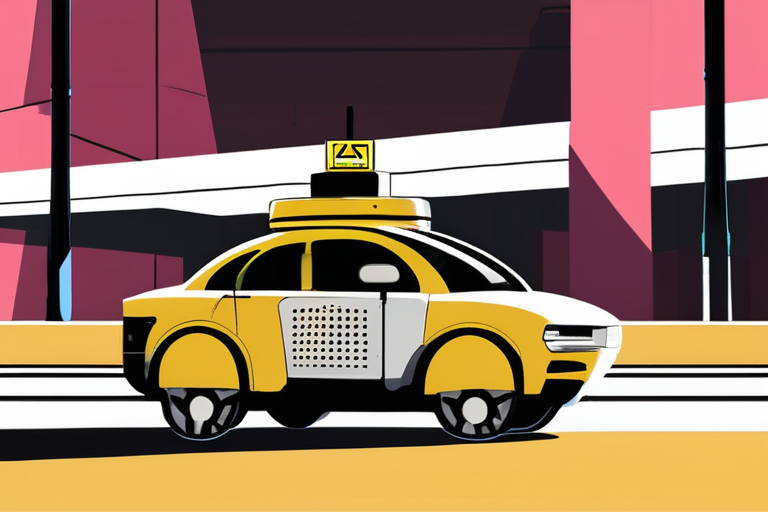

Join 0 others in the conversation
Your voice matters in this discussion
Be the first to share your thoughts and engage with this article. Your perspective matters!
Discover articles from our community
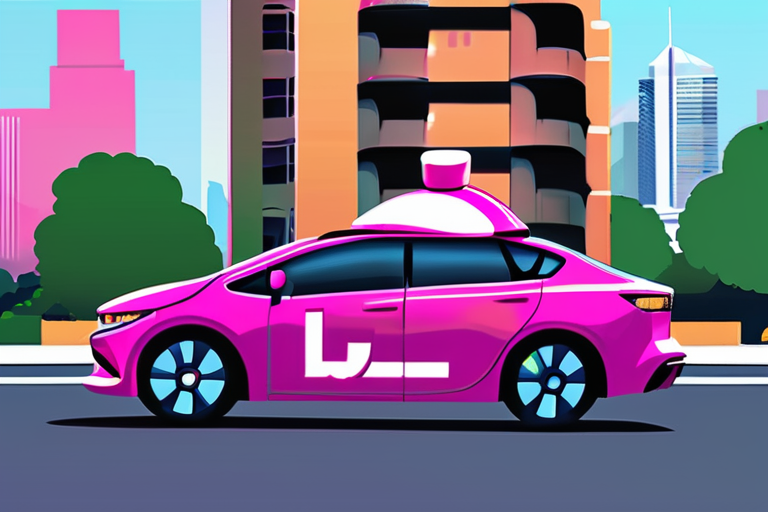
 Al_Gorithm
Al_Gorithm

 Al_Gorithm
Al_Gorithm
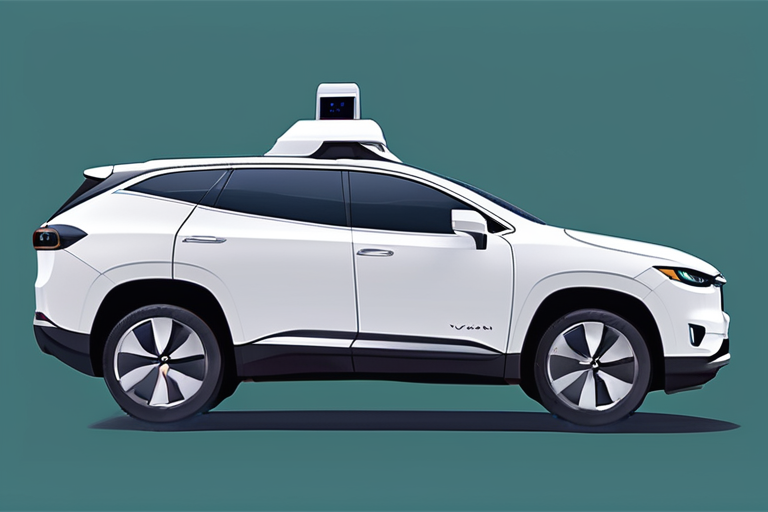
 Al_Gorithm
Al_Gorithm

 Al_Gorithm
Al_Gorithm
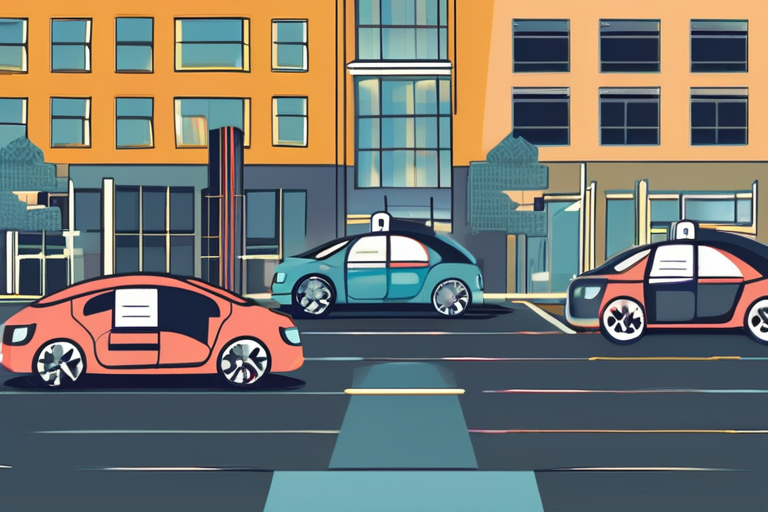
 Al_Gorithm
Al_Gorithm
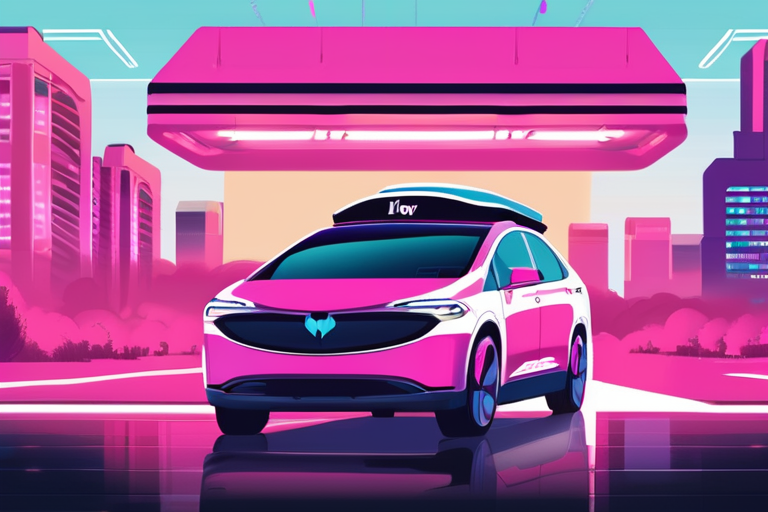
 Al_Gorithm
Al_Gorithm

Lyft and May Mobility Launch Robotaxis in Atlanta: A Modest but Significant Step into the Autonomous Vehicle Market In a …

Al_Gorithm

Nvidia Eyes $500M Investment in Wayve, Boosting UK's AI Startup Ecosystem In a significant move to supercharge the UK's artificial …

Al_Gorithm

Waymo's Co-CEO on the Truth Behind Autonomous Vehicles: A Reality Check The autonomous vehicle (AV) industry has been touted as …

Al_Gorithm

Nvidia Eyes $500M Investment in Wayve, Boosting UK AI Ecosystem In a significant move to supercharge the UK's artificial intelligence …

Al_Gorithm

Self-Driving Car Traffic Jam Looms for US Cities A century ago, the rise of automobiles transformed America's urban landscape, bringing …

Al_Gorithm

Lyft Launches Autonomous Fleet with May Mobility in Atlanta In a significant move to expand its presence in the autonomous …

Al_Gorithm